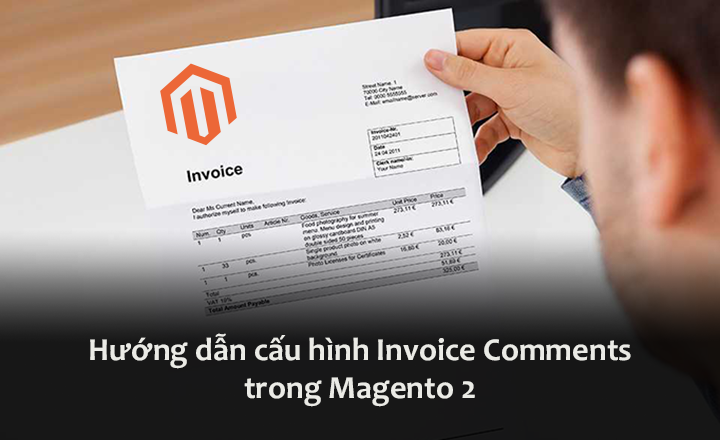

Authentication allows Magento to identify the caller’s user type. See Services as Web APIs.īefore you can make web API calls, you must authenticate your identity and have necessary permissions (authorization) to access the API resource. Use this and we don’t need _isAllowed method.Īnd this is the result when a user tries to access a feature by URL without permission.Magento allows developers to define web API resources and their permissions in the webapi.xml configuration file. For example, we can see module shipping of core Magento 2.Ĭonst ADMIN_RESOURCE = 'Magento_Sales::shipment'

In the controller, we have another way to define admin resources, this way is to use const ADMIN_RESOURCE. Return $this->_authorization->isAllowed('Magento_Customer::manage') Vendor/magento/module-customer/Controller/Adminhtml/Index.php protected function _isAllowed() In the controller, you have to write a protected function to check the resource: You can call that object by using the variable: $this->_authorization. In admin controllers: Magento provides an abstract type Magento\Framework\AuthorizationInterface which you can use to validate the currently logged in user against a specific ACL. With resources, it also uses for your controller. Magenest_HelloWorld::helloworld_configuration
Magento 2 devdocs acl code#
For example, we will add some code to File: app/code/Magenest/HelloWorld/etc/adminhtml/system.xml The second is system configuration: You can put the ACL resource to manage who can use some section page. For example, we will add ACL resource to a custom menu app/code/Magenest/HelloWorld/etc/adminhtml/menu.xml The first is Admin Menu: You can put the ACL resource to hide the menu if it’s not allowed by the store owner. When you are done, please refresh the cache and see your result on the resource tree.Īs noted above, we have some places to add the ACL rule to make it limit the access. sortOrder is the position in which the menu is displayed.title which is displayed in the menu bar.It should be in the format Vendor_ModuleName::resourceName You can use this when defining resources in the Admin menu, configuration, and limit access to your module controller. id is a unique string and the identifier of this resource.Each resource will have an id, title, and sort order attribute: This resource will be placed as a child of Magento_Backend::admin.

To register a resource in your system, we will use an acl.xml file which is located in app/code//etc/acl.xml. Make sure you have registered the new module to test it before, we will practice on this module.
Magento 2 devdocs acl how to#
So, we will find out together how to check current users against a specific rule, look up id values for existing rules, and how to create your ACL rules.

Sometime we will want to add some additional rules that are specific to our module. And every configuration field in System > Configuration is the same as the menu item. Menu item needs a specific ACL rule that controls this menu can display for the logged-in user.Your controller in the admin application must implement an _isAllowed method or const Admin_Resource which determines if a user can access the URL endpoint.It is necessary to tailor a set of rules into a set of roles that an individual business can use to run their online store.įirst, we have some places where you will add your ACL rule to your module: You can see it in System > User Roles -> Add/Edit Role -> Role ResourcesĮach individual rule controls access to a system feature. Assign a set of Access Control Lists rules to each individual roleĪn access control rule will define specific permission granted to users in your system.When a user logs in to a system, the authorization system immediately implements rules to identify what a user is allowed to do in this system. Today, I will guide you on how to use the ACL in Magento 2. Or, the customer support staff may only have access to the customer and orders sections, while the sales staff may have access to both these sections and the marketing section. This feature is helpful to make sure that no one will make changes in parts, not under their responsibility.įor example, you can use ACL rules to authorize some users to access certain features like menus, controllers, API endpoints depending on the employee’s role. Access Control List (ACL) rules allow an admin to limit the permissions of users in their eCommerce system.


 0 kommentar(er)
0 kommentar(er)
